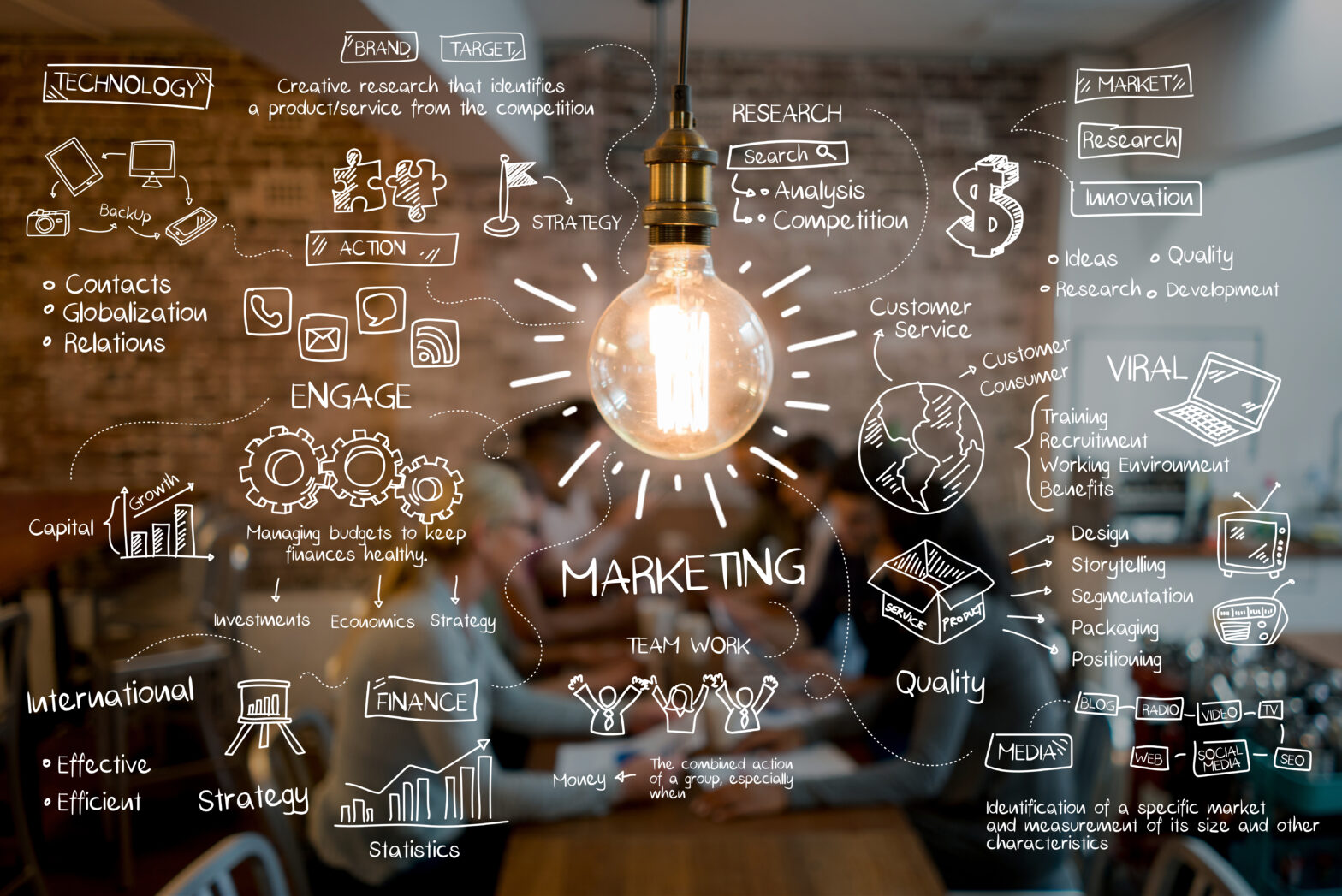To generate sales, it’s key to communicate with the right audience. But how do you know who you should be targeting and how can you reach them?
Having a clear understanding of your ideal customer, including their job role, purchase criteria and problems, is essential for creating successful communications which really resonate and drive long-term, sustained business growth.
You can do this by creating target audience ‘personas’ for each of your audience groups.
These personas should be fuelled by research and customer insight, to paint a clear picture of what your ideal customer – within that particular group – looks like.
What is a target audience persona?
A target audience persona is a profile of someone who represents a key member of one of your target audience groups. Although the persona will be based on the characteristics of a real customer (or customers), it should be a fictional character.
Your persona should clearly outline who your target customer is (their job role and industry), where they’re based geographically, their drivers and motivators, their pain points, your solutions and how you can best reach them.
This will then act as a guide for your business activities – from product development, to your brand’s tone of voice, to the social media channels you use.
Since you may have different customer groups, you might need to create more than one persona.
For most businesses, it’s impossible to know every customer or prospect individually in great detail, but personas can act as a representative example for each segment of your customer base.
Developing your personas
To build your personas and identify all of the information you need to know about them, there are six key questions to address: who, where, what, why, how and when?
As well as knowing what they do and where they are, it’s key to understand your prospect at a psychological level. By thinking about what they believe and what they’re feeling, you can build a much deeper understanding of your prospects and use these insights to fuel future business activities.
1. Who are they?
Keep this as simple as possible. Who are you hoping to reach? What is the job title or role?
Within this, it’s crucial to consider your persona’s decision-making capabilities. Are they the decision-maker or are they a key influencer? The tone of voice you use to reach this persona will be different depending on the answer to this question.
2. Where are they?
This question relates to two factors – industry and geography. Are they in a specific sector? Where are they geographically?
Understanding where your ideal customers are located – in which region and sector – will allow you to focus your communications efforts more clearly. For example, you may be able to reach them through local or trade specific press.
3. What are their goals?
When you first speak with a prospect, what do they generally hope to achieve? What motivates them?
By understanding your prospect’s goals, you can adjust the messaging of your product or services to show how you’ll help them achieve these.
4. Why are they struggling?
Of all the questions to ask yourself when developing a persona, this is the most important. People purchase when they’ve got a problem or issue that needs resolving.
By understanding your audience’s paint points and problems, you can position your product or service as the ideal solution. This assures communications success – one of the keys to sustained business growth.
5. How can you help and how can you reach them?
Focusing your business’ product or service on your audience’s motivators and pain points is crucial. Think about how your offering will help them achieve their goals or solve their problems.
Part of your solution could be displaying how a customer may feel once they’ve used your product or service. Your content should paint a picture of how their life will change once they become your customer.
It’s also important to think about how you can reach your prospects. Which form of content do they prefer – video, long-form or social media? Which social media platforms do they prefer?
6. When’s the best time?
When’s the ideal time to reach your ideal customer? Are there particular days or times that they’re less busy and might be more responsive?
How to structure personas
You can structure your personas using the questions above. For example:
- Who – job title and decision making capabilities
- Where – industry and geographical location
- What – drivers, motivators and goals
- Why – problems and pain points
- How – preferred media and solutions you can provide
- When – best time or days to reach this persona.
Using personas for successful communications
The better you know your audience, the easier it will be to answer these questions and create effective target audience personas. However, once you have created them, they are by no means a finished product. Personas should evolve as you build your knowledge to hone your understanding of a particular audience segment.
Once you have developed a persona for each of your audience segments, these can be used to develop your PR and communications strategy. Test your content against each persona to check it really resonates with them. You can show that you understand your prospects’ goals and pain points and put your customer value proposition forward in its best light.
If time and money constraints limit your current marketing activity, it may be difficult to reach each of your audience segments at once. It may be a good idea to focus on one persona at a time, tailoring your content and messaging towards their specific characteristics.
Fundamentally, the more your audience feels you understand them, the more engaged and interested they will be in the things you’re saying.
Charlotte Thorp is the client services director at Kinetic Communications.
Read more
7 investor personas: how start-ups can understand their motivations
You can find your next career move over at the Growth Business Job Board







